The golden age of arcade games, which began in the late 1970s and peaked in the early 1980s, marked the inception of the video gaming era. When you think about classic arcade games, nostalgia runs wild.
The thought of inserting a quarter into a hefty cabinet and maneuvering a joystick takes many of us back to a simpler time. While technology has advanced leaps and bounds since then, these classic games continue to captivate new and seasoned players alike.
Cabinets like Space Invaders, Pac-Man, and Donkey Kong aren’t just relics of the past; they embody the history of the gaming industry, symbolize the cultural significance of their time, and represent a steadfast appeal that transcends generations.
From their distinctive gameplay mechanics to their iconic characters, classic arcade games have firmly ingrained themselves in popular culture and continue to influence contemporary gaming.
This blog post will explore these timeless games, their enduring appeal, and their lasting impact on the gaming world.
Contents
Space Invaders

Source: casino.betmgm.com
Released in 1978 by Taito, Space Invaders brought the arcade scene to life. It was one of the earliest shooting games, and it set a precedent for future arcade games. The premise was simple – defend Earth from an array of alien invaders.
The charm and simplicity of Space Invaders made it a cultural phenomenon. Its pixelated design, intense gameplay, and iconic sound effects proved that less could be more.
Its impact on the gaming industry cannot be overstated. Space Invaders is often credited as the precursor to the modern gaming industry, laying the foundation for the future of shoot-’em-up games.
It pioneered concepts such as high scores and incremental difficulty, elements still prevalent in today’s games. Its success prompted the birth of a new form of entertainment, the video game arcade, giving rise to a new generation of gamers.
Pac-Man
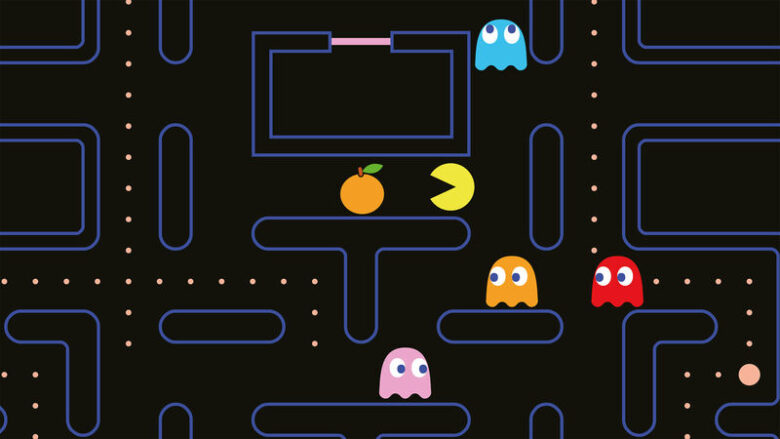
Source: storyworld.nl
Pac-Man, a maze arcade game developed and released by Namco in 1980, is another titanic figure in gaming history. For a while it was one of the most in-demand arcade machines across the globe.
The game’s premise is deceptively simple: guide Pac-Man, the circular yellow protagonist, through a maze while eating dots and avoiding colorful ghosts. Its addictiveness stems from this simplicity, urging players to beat their high scores and finish “just one more game”.
Pac-Man’s influence permeates beyond the world of video games. Its characters have become iconic symbols in popular culture, from the insatiable protagonist to the vibrant ghosts Blinky, Pinky, Inky, and Clyde.
The bright colors, captivating gameplay, and distinctive sound effects were instrumental in drawing in a wider demographic, including women and children, thereby broadening the gaming audience.
Street Fighter II
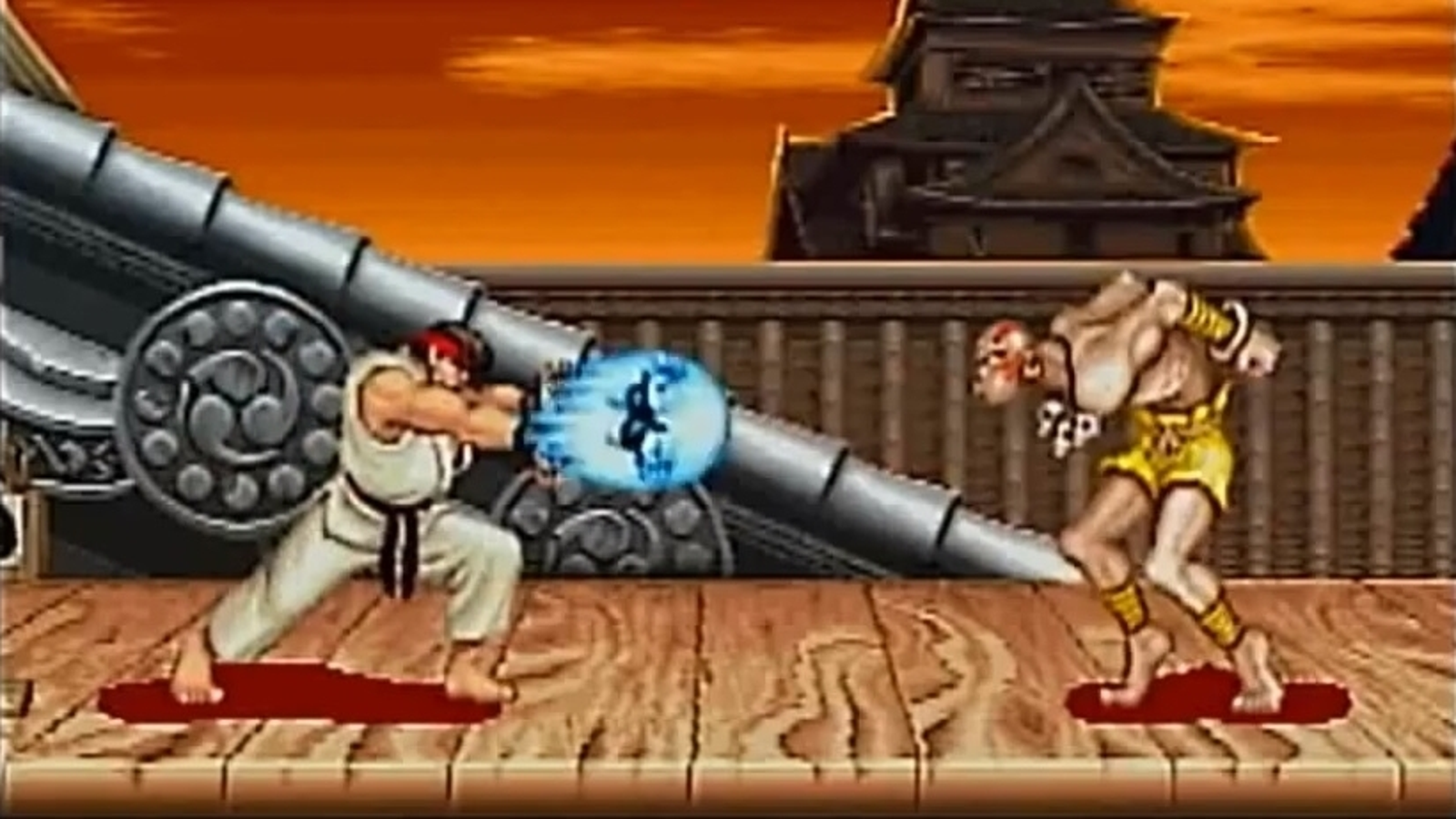
Source: eurogamer.net
Street Fighter II was revolutionary for its time, setting the stage for competitive fighting games. Released by Capcom in 1991, it introduced a roster of fighters, each with unique abilities and move sets. This new format offered a competitive edge and multiplayer capability that was novel and engaging.
Street Fighter II’s character lineup has become iconic, with characters like Ryu, Ken, and Chun-Li shaping the archetype for fighting game characters to follow.
Its complex gameplay mechanics combined with the competitive aspect it introduced to gaming formed the foundation for esports, paving the way for professional gaming and tournaments.
Donkey Kong
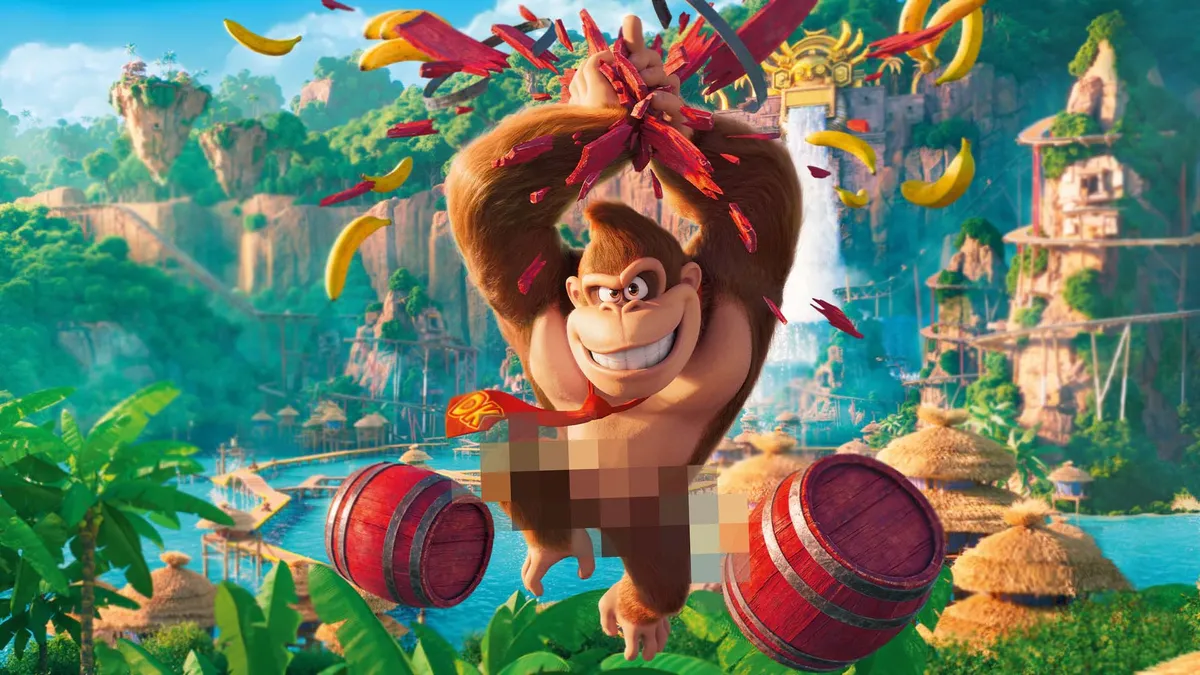
Source: kotaku.com
Donkey Kong, developed by Nintendo and released in 1981, is synonymous with the birth of the platformer genre. It featured Mario, one of the most recognizable characters in gaming history, in his debut role as the game’s hero.
The game’s success lies in its revolutionary gameplay mechanics and challenge level. It introduced elements of strategy and skill that required players to navigate a series of platforms while avoiding obstacles, a mechanic that is still prevalent in platform games today.
Its difficulty level promoted a sense of perseverance and triumph upon completing each level, creating a rewarding gaming experience.
Galaga
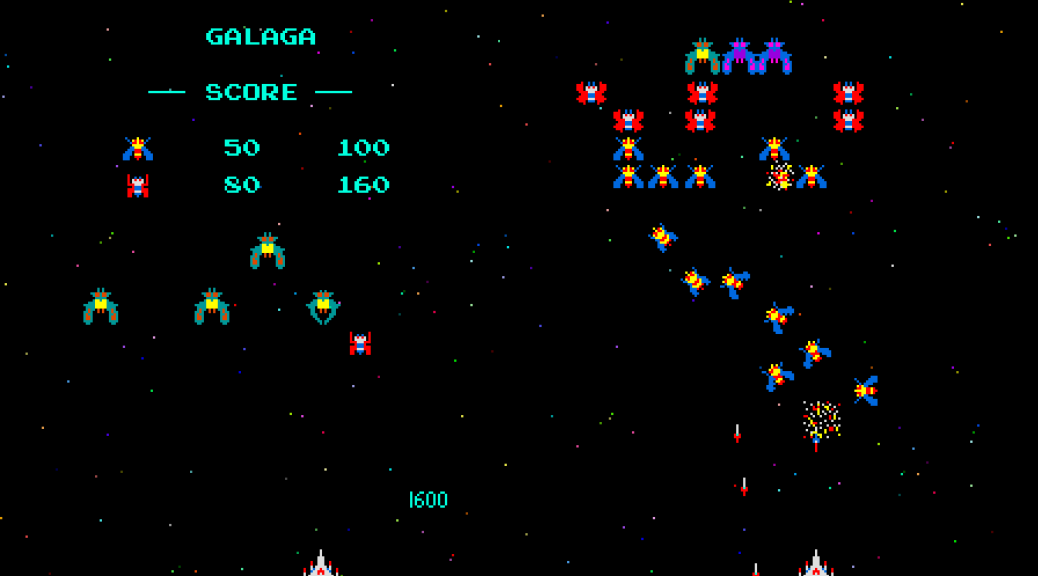
Source: thekingofgrabs.com
Following the success of Space Invaders, Namco’s Galaga (1981) advanced the space-shooter genre with enhanced gameplay mechanics and memorable sound design.
The game entailed shooting waves of alien ships while dodging their return fire, but it introduced the concept of enemies capturing the player’s ship and the possibility to rescue it, thus adding a layer of complexity to the gameplay.
Galaga’s sound design, which included distinctive noises for the various alien ships and their attacks, made the game stand out. It’s one of the earliest examples of video game sound design effectively contributing to the atmosphere and feel of the game.
Moreover, Galaga’s challenging gameplay continues to test players’ skills, even in the modern gaming era.
Rampage
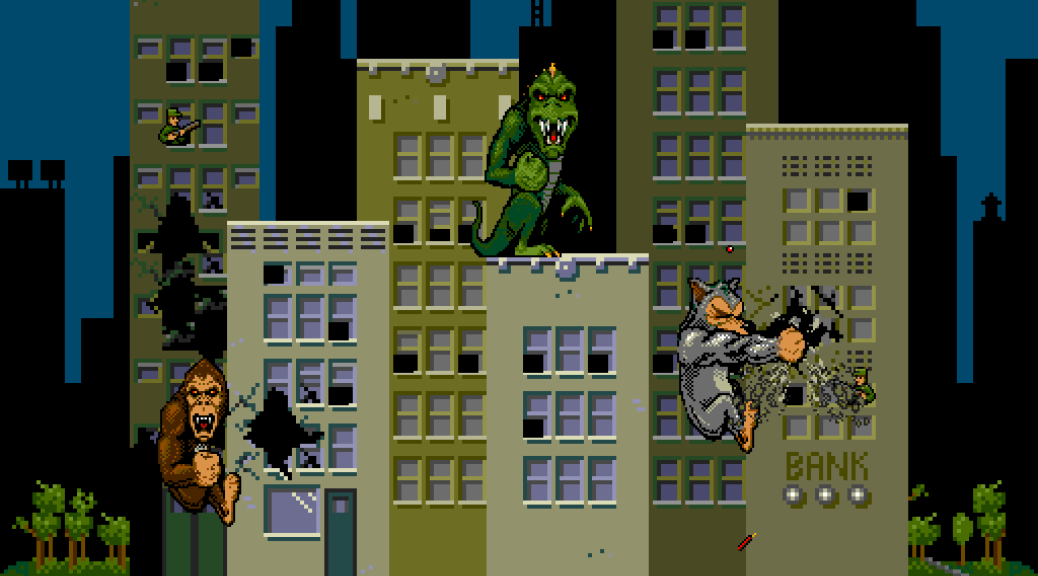
Source: thekingofgrabs.com
Rampage (1986) by Midway Games introduced an unconventional concept: players controlled giant monsters wreaking havoc across cities, rather than being the heroes.
The game also featured a cooperative mode, where players could team up, adding a unique social aspect to the gameplay.
Rampage’s appeal is attributed to the joy derived from playing as the villain and causing chaos. Over the years, Rampage has been ported to various consoles and has inspired a successful Hollywood movie, demonstrating its enduring appeal.
The Role of Arcade Culture
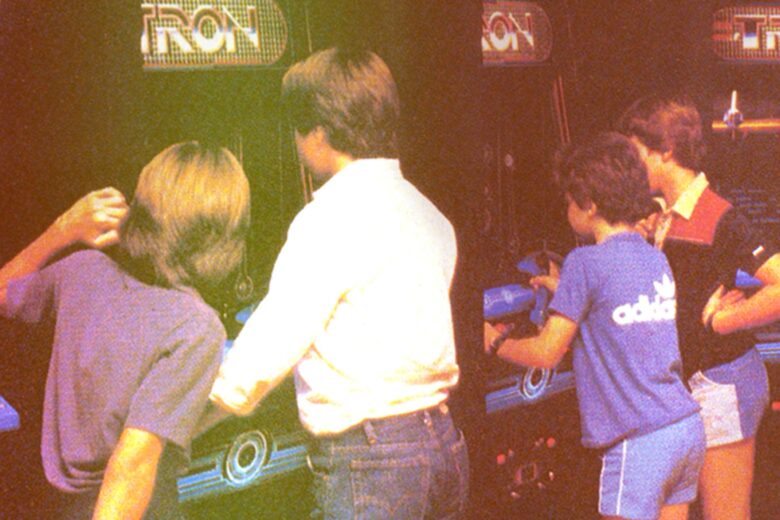
Source: theverge.com
The arcade culture of the 70s and 80s was more than just about the games. It was a social gathering spot for youth, a place to hang out and compete against friends. Despite the ubiquity of home consoles and online gaming, the allure of the arcade hasn’t completely faded.
Arcade bars and retro gaming communities are making a comeback, highlighting the inherent desire for shared gaming experiences.
Whether it’s standing shoulder-to-shoulder with friends or challenging strangers, arcade gaming fosters a sense of community that modern gaming often lacks.
Preservation Efforts
Classic arcade games are invaluable pieces of our cultural heritage. They represent not only technological advancements but also shifts in popular culture and society.
However, the preservation of these games is fraught with challenges, ranging from the deterioration of physical cabinets to legal issues surrounding copyrights.
Emulation, virtual arcades, and classic arcade game museums are among the solutions employed to preserve these games for future generations.
They allow players to revisit these games in their original form and provide an opportunity for newcomers to experience the charm of classic gaming.
Impact on Game Design

Source: northjersey.com
Many elements that we take for granted in today’s video games were pioneered by classic arcade games. Concepts such as power-ups, level progression, high scores, and multiplayer modes can all be traced back to these games.
Many modern independent developers take inspiration from these classics, drawing upon their simplicity, charm, and successful mechanics. Classic arcade games remind us that well-executed simple concepts can still provide a fun and engaging gaming experience.
Crossover and Adaptations
Classic arcade characters have found their way into modern games, movies, and TV shows. The legacy of these games extends far beyond their cabinets, influencing different forms of media.
Pac-Man has appeared in everything from Google Doodles to the movie Pixels. Rampage was made into a blockbuster film. These adaptations and crossovers only add to the enduring popularity and cultural significance of these games.
